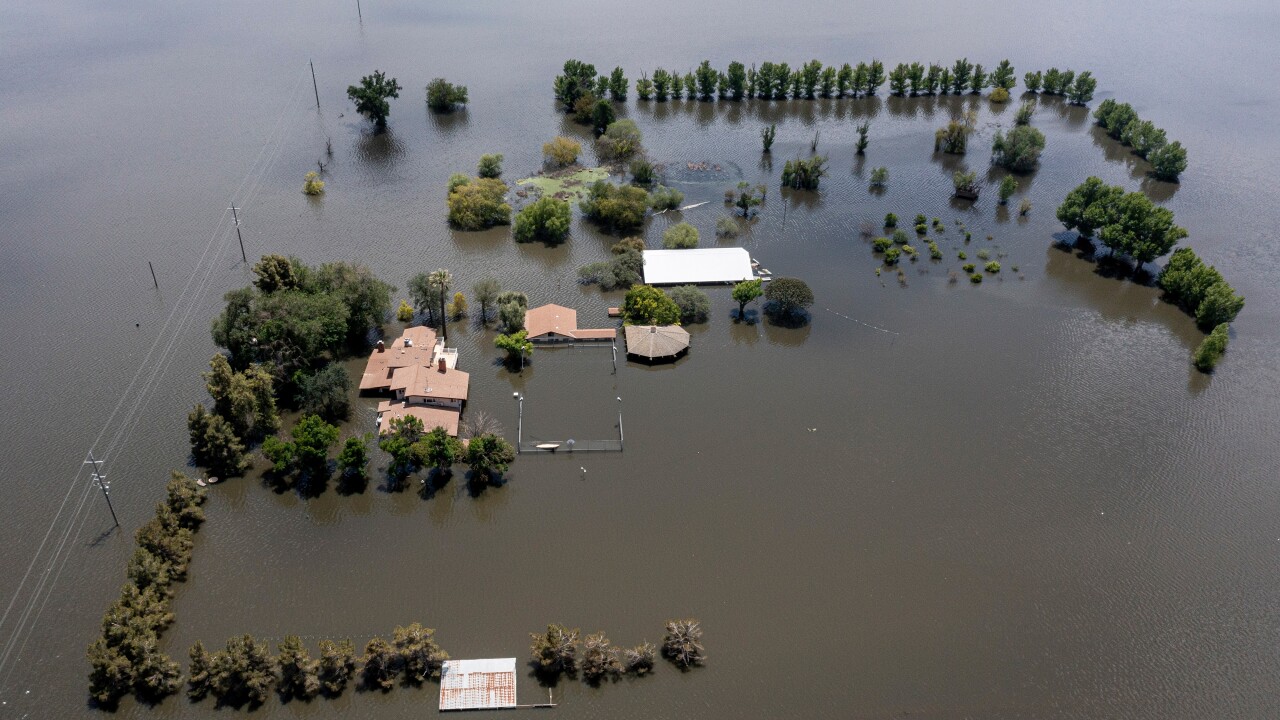
A generic term for applications at the molecular level, nanotechnology will eventually influence every aspect of our lives, from the way we communicate to the methods used to diagnose and treat illness, notes Robert Blaunstein, Ph.D., the director of loss control and underwriting manager for the Environmental Division of American Safety Insurance Holdings Ltd., Hamilton, Bermuda.
“Nanotechnology will improve efficiencies in energy, computer storage capacity and data processing, security, clothing, food, and shelter,” says Blaunstein.
Nanotechnology’s potential is reflected by the amount of revenue currently projected for these technologies, between $1 trillion and $2 trillion within the next 10 to 15 years, as reported last November in Insurance Networking News. And just in time, because according to World Resources 2000 and United Nations press releases, within the next 50 years-less than one lifetime-the world population is expected to grow by 50%, world economic activity is expected to grow 500% and world energy and materials use is expected to grow by 300%.
Yet as optimistic as researchers may be, growing evidence suggests that nanoparticles - the building blocks of nanotechnology and the tiniest of materials ever engineered and produced - may pose environmental, health and safety risks, which in turn engenders the concern of the insurance and reinsurance industry.
By helping businesses manage the risks associated with product development and deployment, the insurance industry has always been an "enabler" of new technology, an aspect often overlooked by the industry and its detractors, notes Blaunstein. “Consequently, if the insurance industry is to support these new nanotechnologies, while not incurring major long-term losses, the industry must be able to assess potential property damage, bodily injury to workers and the public, and the environmental liabilities associated with businesses handling and using nanomaterials.”
To be able to make such assessments the insurance industry needs to become educated and understand nanomaterials and nanotechnologies. Insurers also need to have access to accurate data and information that permit a quantifiable evaluation of the probability and severity of losses.
Although there are currently only a limited number of products in the marketplace that contain engineered nanomaterials, the pace of nanotechnology development ensures that this will not be the case for long.
According to the London-based Royal Society, the ’s academy of science, “nanotechnologies are widely seen as having huge potential in areas as diverse as healthcare, IT and energy storage” and that the scope of products that could make use of nanotechnology is enormous.
Current and potential areas of application include transport, manufacturing, biomedicine, sensors, environmental management, food technology information and communications technology, materials, textiles, sports equipment, cosmetics, skin care and defense, though this list is by no means exhaustive.
Yet for its growing popularity, the Royal Society states that “There remains virtually no data on the potential negative impacts of nano-materials on the environment. Research into the ecotoxicology is urgently required.”
Research has started in this area but there are still significant gaps in the knowledge, says the academy. Some nano-particles (such as copper or silver) have been shown to be harmful to aquatic life, which has environmental consequences if a large amount of the material were to be released into the environment. Removing nano-particles from the environment may also present a significant problem due to their small size. Particles could be absorbed quickly into plants and soil or transported large distances suspended in water; and how do you filter out of the environment particles only a few atoms wide?
Consequently, industry, government and insurers are concerned about the associated environmental, health, and safety impact and are working together to develop a better understanding of nanomaterial's properties and risks.
To predict the health risks associated with nanomaterials, insurers must be able to determine whether, or how, nanomaterials can affect our health.
At best insurers may have new products to insure, says Lloyd’s and safer materials leading to lower insurance losses. At worst they could lead to unexpected life, health, workers compensation, physical damage, and pollution losses.
For more information about Lloyd’s event, visit
Sources: Lloyd’s, Insurance Networking News
Exclusive content available only on InsuranceNetworking.com





